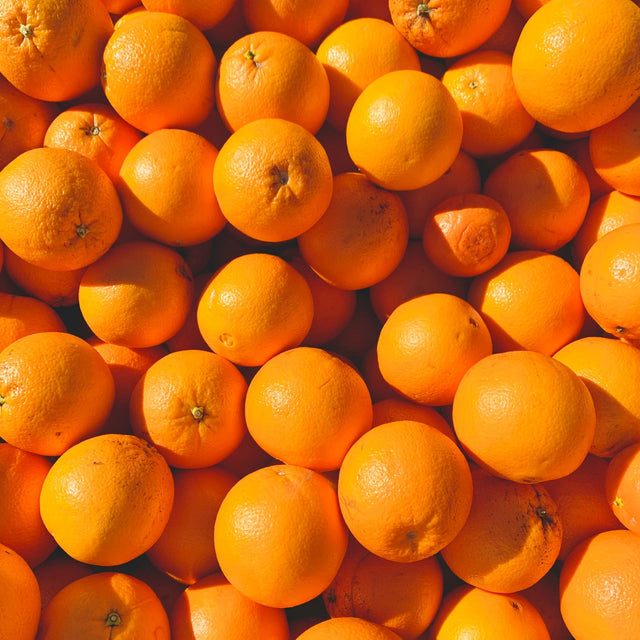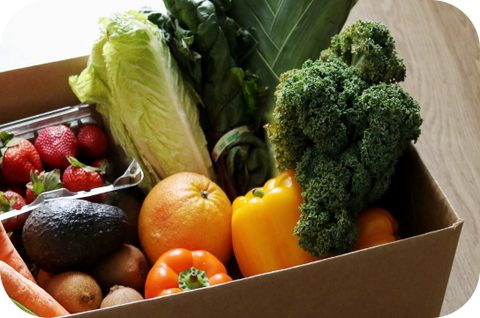

Oranges - you can often find these round little cuties hiding in your Peko box, but do you really know about them?
Cara cara oranges, Valencia oranges and traditional Navel oranges - What’s the difference?
Cara Cara oranges:
They are a type of navel orange, a cross between two navels and were first discovered in the mid-70s in Venezuela. Currently, they’re largely grown in California and reach their peak season between December and April.
Cara Cara oranges have the same round shape and bright orange rind as traditional navels. Cara Cara oranges have distinct pinkish-red and orange flesh. Compared to traditional navels, Cara Caras are sweeter, slightly tangy, and less acidic, with a hint of red fruit, like cranberry or blackberry. And if that’s not enough, they’re seedless, too.
Valencia oranges:
They are typically available starting in March and continuing through September, and is named for the city of Valencia in Spain, although its actual origins are unknown. Valued for their high juice content and availability outside of the typical citrus season, Valencia oranges are usually thin-skinned and have a few seeds. They are considered one of the best oranges for juicing.
Navel oranges:
According to a study done by Palemon Dorsett, Archibald Dixon Shamel, and Wilson Popenoe in 1917, the Navel orange is a single, spontaneous mutation that happened in the early 1800s on a Selecta Orange tree planted in a monastery in Bahia, Brazil.
Nowadays, a standard Navel orange tree can grow up to 30 feet in height and width. Since Navel oranges are seedless, they can only be propagated by grafting a cutting from an old Navel tree to a scion (young shoot/twig) of a compatible citrus tree.
How to keep oranges fresh?
Store your oranges in a cool spot. Kept on the counter, they’ll last three to four days, so you’re better off storing them in the refrigerator where they’ll last up to two weeks.
The nutritional value and the benefits of eating oranges
A medium orange of any variety has only about 60 calories and provides 116% of the daily value of vitamin C; 13% of dietary fibre; 10% folate; 8% thiamin; 7% potassium; 6% vitamin A; and 5% calcium. This makes them a great snack for any time of day.
Sources of vitamin C are quite abundant in orange and orange juice! (Some other good sources of vitamin C include citrus fruits, tomatoes, potatoes, strawberries, green and red bell peppers, broccoli, Brussels sprouts and kiwifruit). Vegetarians may be especially interested to know that vitamin C helps the body to better absorb non-heme iron ( from plant foods like beans, spinach and quinoa). Try combining vitamin C-rich foods with iron-rich plant foods in the same meal!
Consuming oranges may benefit heart health, reduce the risk of some chronic diseases, enhance iron absorption, and support a healthy immune response.
We know sometimes it's hard to remember to eat your fruits and veggies when things get busy- Peko Produce gets them delivered to you every Sunday so you no longer have to set those reminders :)
Beat and Bake Orange Cake
Easy Orange Pound Cake
Tasty Orange Bars
Or, just cut them up and eat them raw! :)
References:
